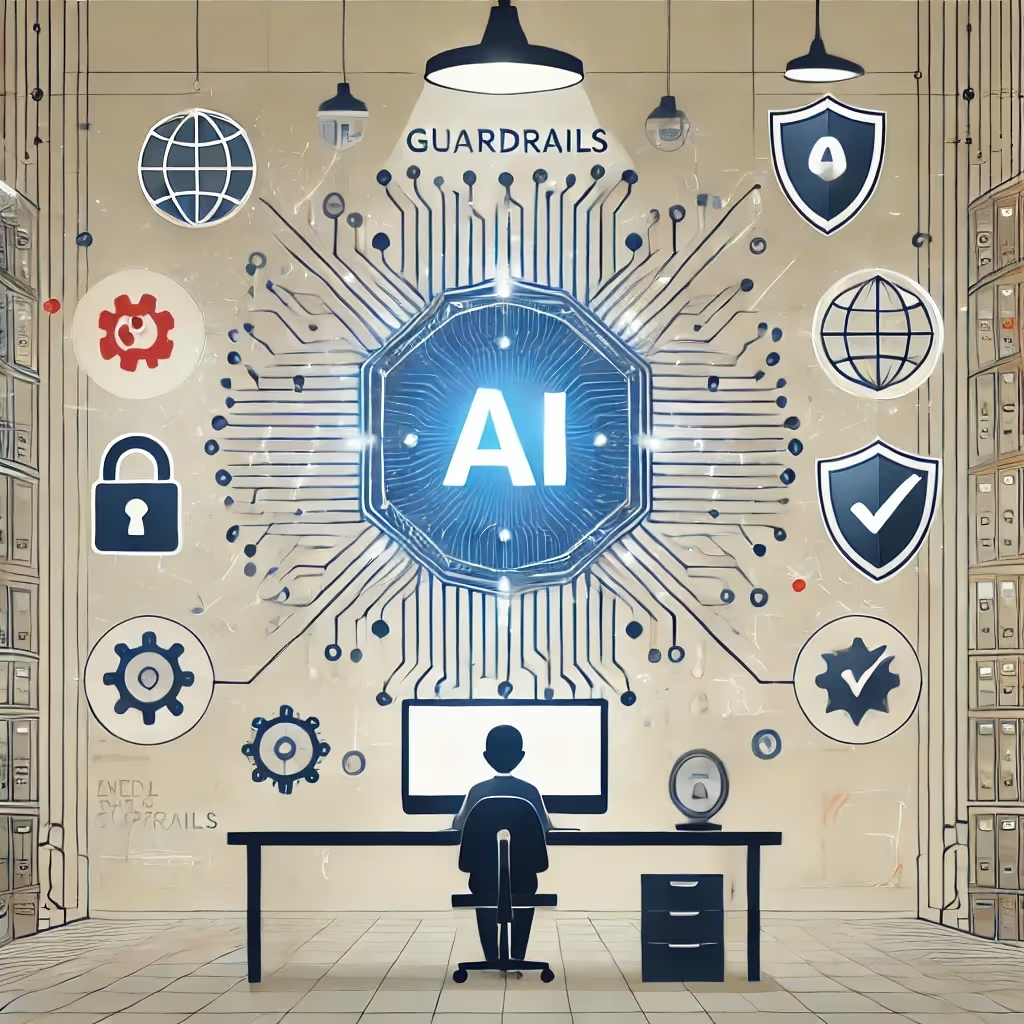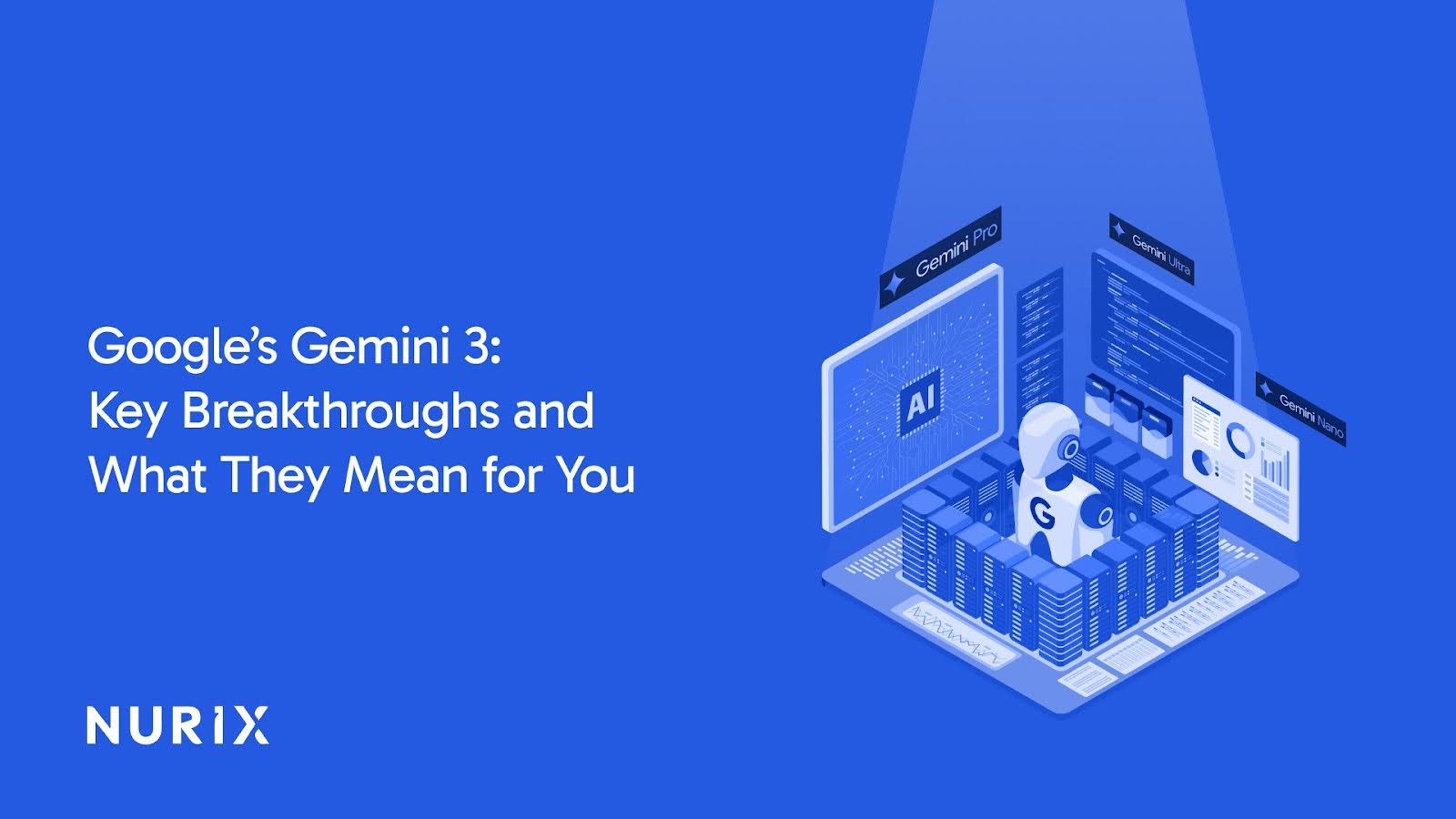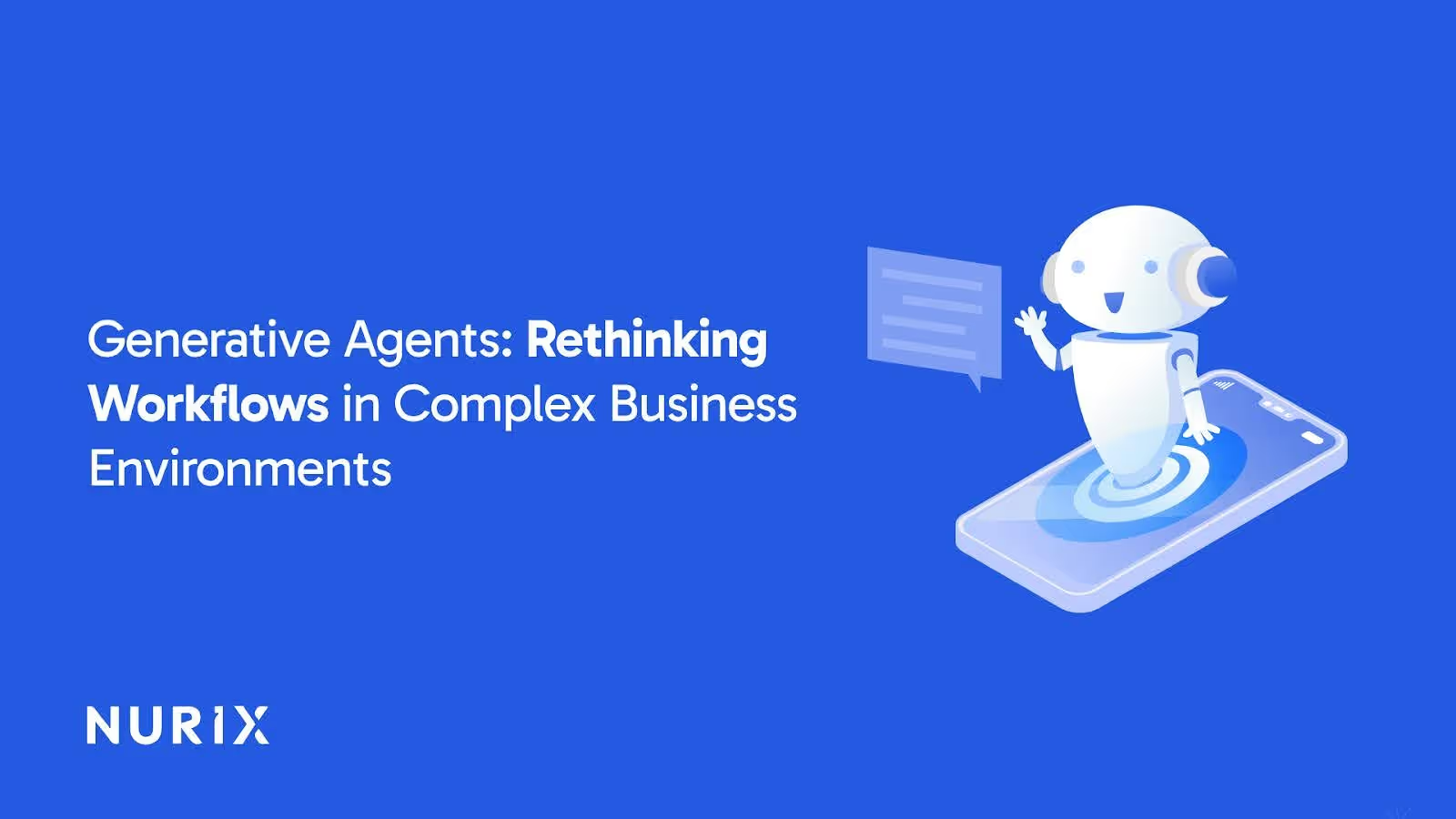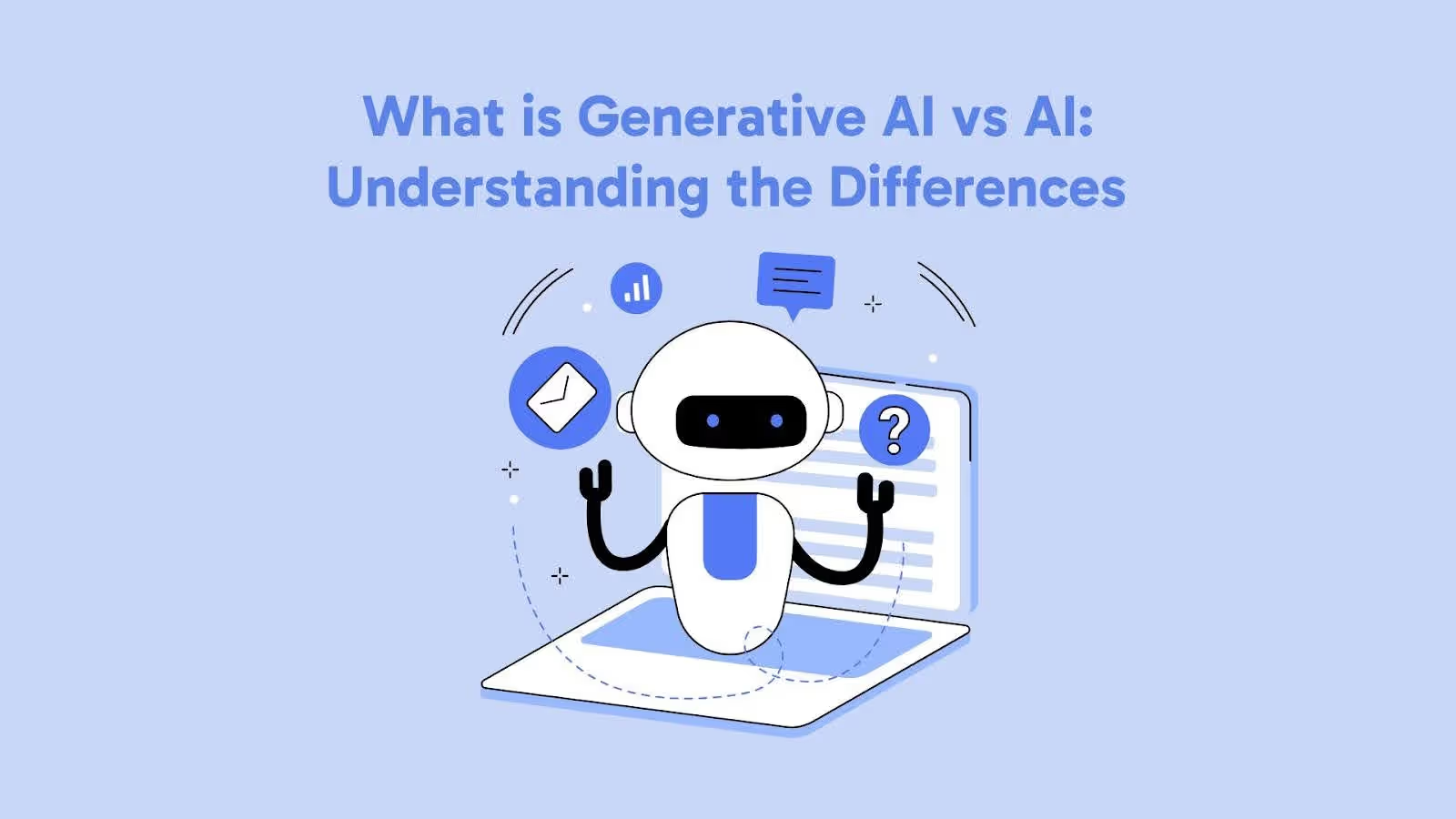Why Enterprises Need Them and How to Implement Them
As Generative AI (Gen-AI) continues to transform industries, its incredible potential comes with challenges. Large Language Models (LLMs), for example, have shown unpredictable behaviors, sometimes producing inaccurate or harmful outputs. In enterprise settings, where reliability, compliance, and customer trust are paramount, implementing guardrails becomes essential. Guardrails are structured policies, tools, and layers of verification designed to ensure AI systems operate ethically, safely, and within regulatory guidelines.
Understanding Guardrails in Generative AI
Guardrails in Gen-AI are mechanisms that prevent AI models from overstepping ethical, legal, and operational boundaries. They safeguard data privacy, uphold compliance with regulations, and align AI outputs with a business’s ethical standards. For example, in a financial services product that uses historical market trends to offer investment advice, guardrails can ensure recommendations are compliant with regulatory policies and that sensitive information is not inadvertently exposed.
Why Guardrails Matter for Businesses Using Generative AI
Gen-AI models are powerful but pose risks if used without oversight. Missteps can damage brand reputation, incur regulatory penalties, or lead to customer alienation. Guardrails help enterprises mitigate these risks by creating a controlled, predictable environment where AI outputs align with both business objectives and customer expectations.
In highly regulated industries like finance, healthcare, and marketing, guardrails ensure that AI applications respect privacy standards, adhere to ethical guidelines, and provide outputs that are appropriate and compliant.
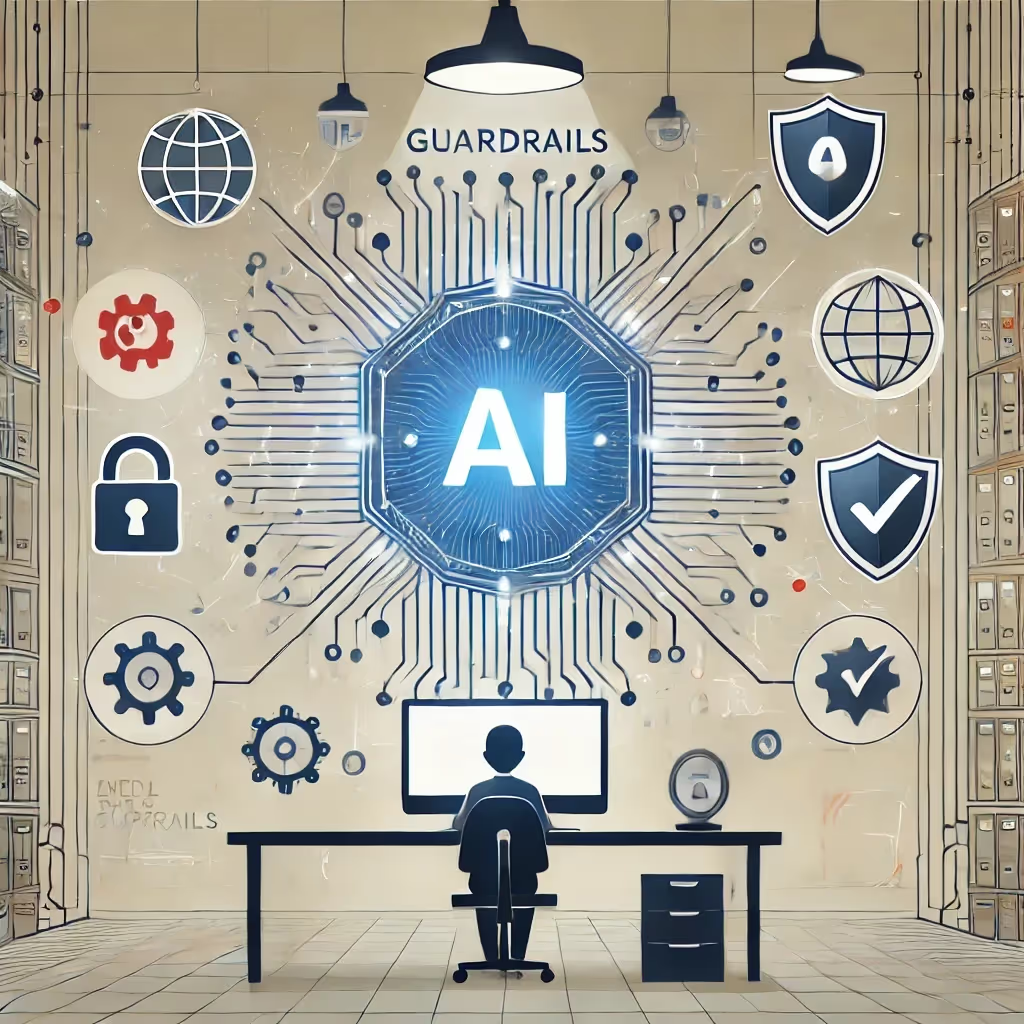
The Challenges of Implementing Guardrails
While crucial, implementing guardrails is not straightforward. Many developers initially attempt to control AI behavior with prompt engineering—tweaking inputs to guide AI responses. However, LLMs are stochastic, meaning that the same prompt may yield different outputs upon repeated requests, limiting consistency and control. Detailed prompts may reduce issues, but they don’t provide guarantees, especially for complex applications requiring high reliability.
Effective Techniques for Guardrailing Gen-AI
After extensive exploration and experience, we’ve identified two primary methods for effectively implementing guardrails in Gen-AI applications:
1. Fine-Tuning the Model
One approach to implementing guardrails is to modify the model itself through fine-tuning with domain-specific data. By training the model on a tailored dataset, it becomes more likely to produce outputs aligned with specific needs or standards. However, this method can be both costly and time-consuming, requiring significant data and resources. Fine-tuning is ideal for scenarios where a high level of domain specificity is needed.
2. Application Logic and Verification Layers
A more scalable approach involves incorporating guardrails directly into the application logic that interacts with the LLM. Here’s how it works:
- The application logic sends prompts to the LLM, generating raw outputs.
- These outputs pass through a verification layer, an automated system with checks that assess the quality, compliance, and ethical standards of the output before it is finalized and delivered to users.
This verification layer, acting as a filter, prevents non-compliant or problematic content from reaching the end user. It can flag outputs that don’t meet business, regulatory, or ethical criteria, triggering a re-prompt or even human intervention if necessary.

Real-World Example: Guardrails in Personalized Marketing
Consider a Gen-AI application designed to generate personalized marketing messages based on customer data. Here, guardrails are essential to ensure the content is both engaging and compliant. In this scenario, guardrails would perform the following checks:
- Privacy Compliance: Ensuring compliance with data protection laws such as GDPR or CCPA, especially when using personal data to tailor marketing content.
- Ethical Standards: Reviewing the content to ensure inclusiveness, sensitivity, and adherence to ethical guidelines, preventing language that could alienate or offend audience segments.
If the generated content fails these checks, the system could prompt a revision or require human review. This ensures that the AI-powered content remains effective, respectful, and aligned with both legal and ethical standards.
Conclusion
Guardrails are the backbone of responsible AI implementation. They empower enterprises to leverage the transformative power of Gen-AI while minimizing risks. As AI technology becomes more embedded in business processes, organizations that prioritize guardrails will be better positioned to ensure safe, compliant, and effective AI operations.

